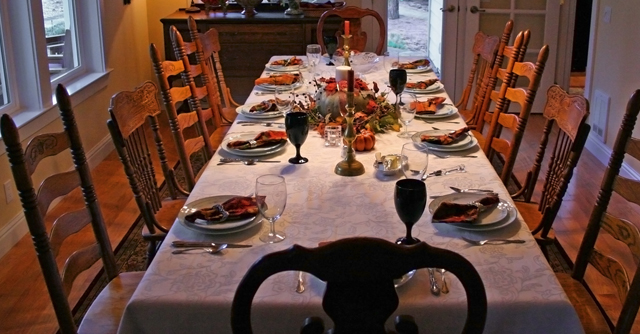Can you eat candy on Halloween if you have diabetes?

Halloween candy and diabetes may not sound like a good mix. Can people with diabetes eat Halloween candy? While this can be a challenge for people living with diabetes, it is by no means impossible. Here are a few suggestions on how to navigate this situation if you or your child has diabetes.
Go trick-or-treating
One diabetes program that works with children with diabetes suggests: don’t stop your child from going trick-or-treating. Kids want to dress up, get some treats and have fun with their friends!
You will need to set up some rules so that the treat part does not become a trick and glucose values become elevated. However, if your family chooses to celebrate Halloween candy-free, the Teal Pumpkin Project is a fun alternative that’s inclusive of children living with diabetes.
Sorting through Halloween candy
Diabetes or not, parents should advise their children to wait to eat any of their treats until they are inspected at home. Unfamiliar candy, open wrappers, or homemade items by an unknown person might be best to throw away.
Once home, sort the candy into piles.
- Treats that pose safety concerns and will go in the trash.
- Sweets with fast-acting glucose that could be used to treat a low blood glucose, such as hard candy, jellybeans, and juice boxes.
- Items with known carbohydrate values that can be eaten as part of a meal or snack with an appropriate amount of insulin given.
- Separate and research things that have an unknown amount of carbs.
It can be challenging to know how to count the carbs in the “fun size” treats that are given out on Halloween, especially since they’re not labeled. Online resources such as CalorieKing can help.
Repurpose Halloween candy
If you followed the advice above, you now have several piles of candy. What’s next? Many parents keep the candy with fast-acting glucose in convenient places such as a purse or in the glove compartment of a car, much like glucose tablets. The other candy can be a dessert in your child’s lunch or as little treats at home and allows the candy to last much longer.
Trade toys for candy

Candy Witch is a game that may help limit candy intake. After returning home from trick-or-treating, each child keeps one piece of candy for each year in their age. That night the rest of the candy is taken by the Candy Witch and in the morning, a book, a game, or toy is in its place. This way, everyone still gets a few treats and something special too!
Another suggestion is to let your child pick out their own toy or special treat by trading pieces of candy for currency. For example, each piece of candy can be worth 25 cents (maybe more for larger candies or ones known to be the child’s favorite). The more candy traded in, the more money the child has to spend on a new toy, game, clothes, etc. The family who shared this idea went as far as getting the cashier of their local toy store in on the plan. This made it fun for their child by making them feel like they got to pay for their toy in candy while mom would, of course, sneak the real payment to the cashier on the side.
Including siblings and/or friends adds an extra layer of fun as they can trade among themselves for their favorite candies. This is another way your child can enjoy the fun of the holiday.
Remember to have fun!
With a little creativity, you can keep the fun in Halloween and also help your child enjoy treats in moderation.
Check out the LOOP blog for many more tips and tricks for celebrating Halloween with diabetes.
The content is not intended to be a substitute for professional medical advice, diagnosis, or treatment. Always seek the advice of your or your child’s physician or other qualified health provider with any questions you may have regarding a medical condition.



